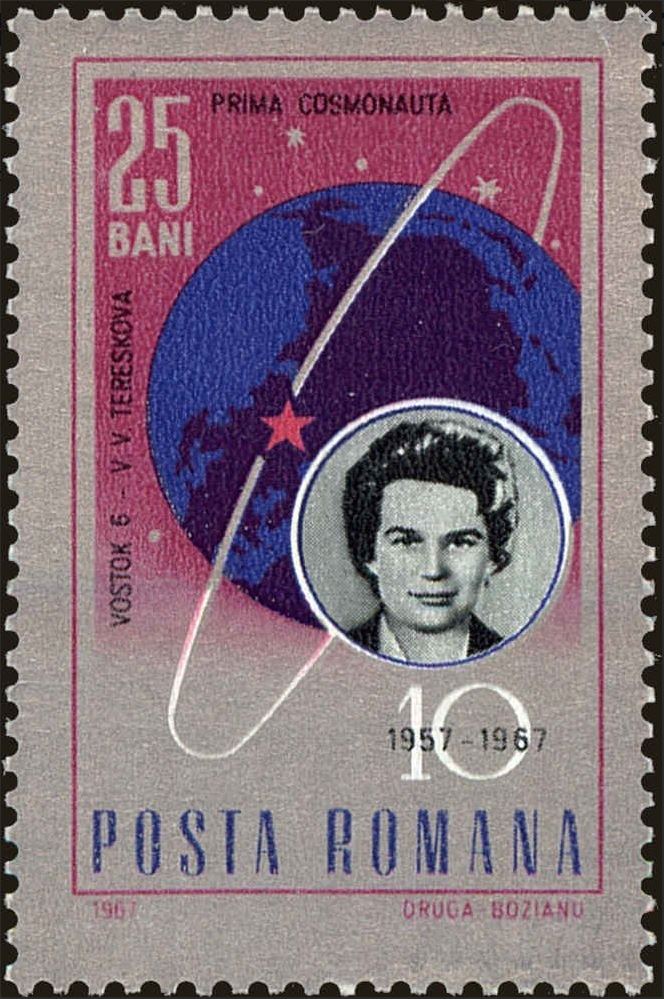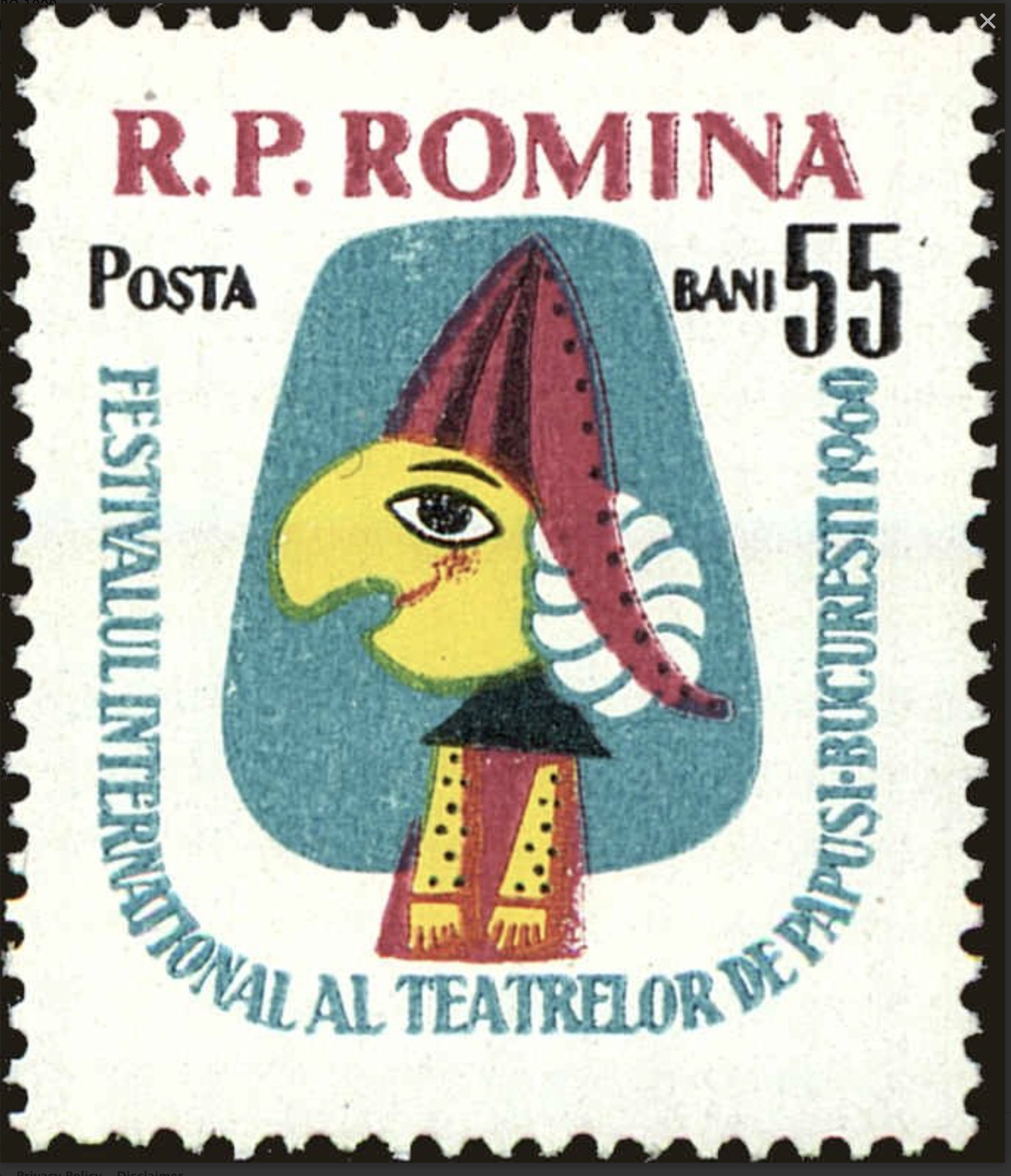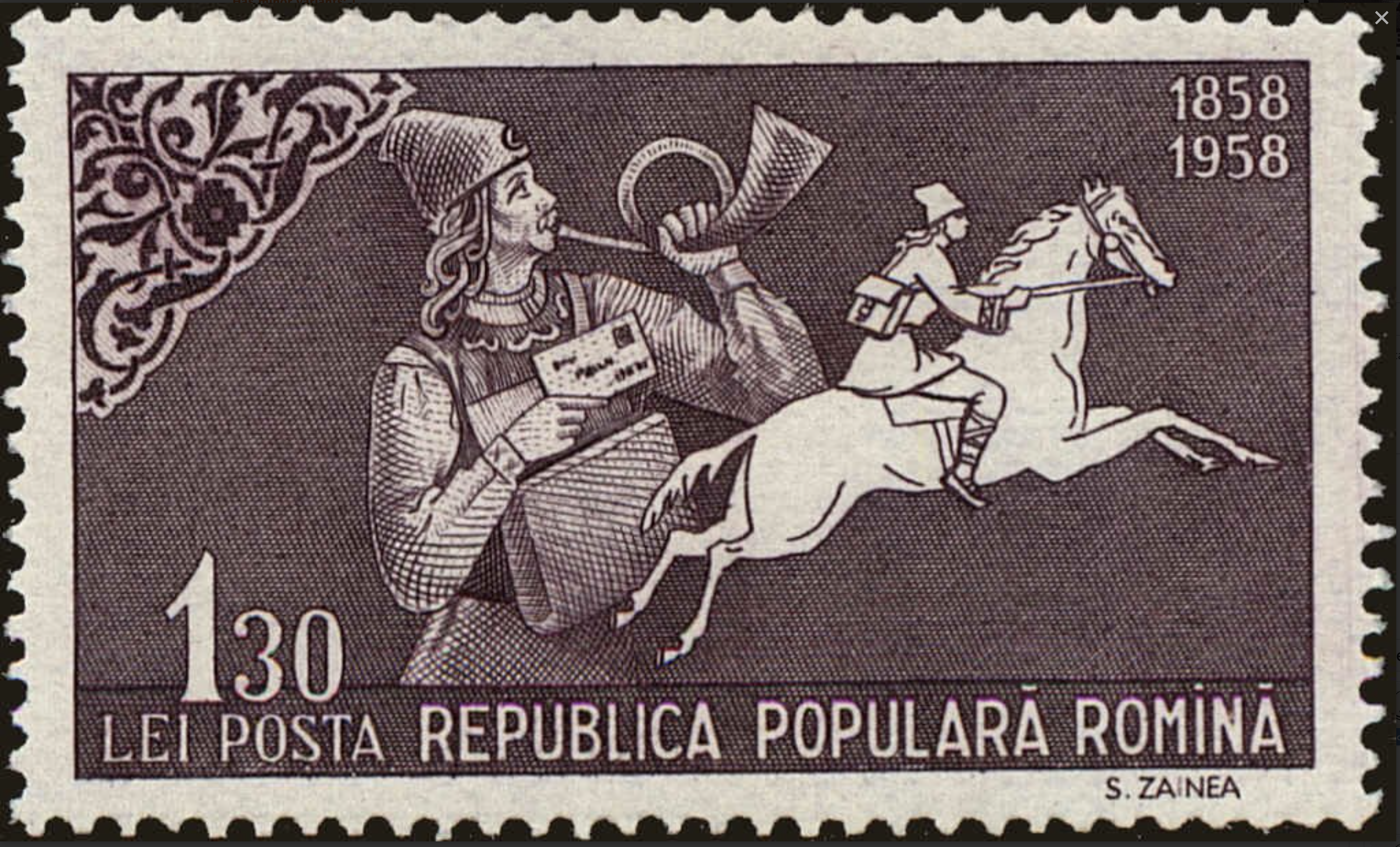Poland #1318 (1965) – 20th Anniversary of the Polish-Soviet Treaty of Friendship
$0.35
Poland #1318 (1965) – 20th Anniversary of the Polish-Soviet Treaty of Friendship
1 in stock
Description
Poland #1318 (1965) – 20th Anniversary of the Polish-Soviet Treaty of Friendship
The Polish-Soviet Treaty of Friendship, also known as the Treaty of Riga, was signed on March 18, 1921, between Poland, Soviet Russia (later to become the Soviet Union), and Soviet Ukraine. The treaty marked the end of the Polish-Soviet War (1919-1921), a conflict arising from the complex political and territorial aftermath of World War I.
Key points of the Treaty of Riga include:
- Territorial Changes: The treaty resulted in significant territorial adjustments. The eastern border between Poland and Soviet Russia was established along the lines of the military front as of the armistice of October 1920. This meant that Poland gained territory that had been part of the Russian Empire before World War I.
- Division of Belarus and Ukraine: The treaty led to the division of Belarus and Ukraine between Poland and Soviet Russia. Western Ukraine and Western Belarus became part of Poland, while the eastern parts remained under Soviet control.
- Recognition of Independence: The Soviet Union formally recognized the independence of the Second Polish Republic. This recognition marked a departure from the previous Soviet policy of supporting communist uprisings in neighboring countries.
- Military and Economic Cooperation: The treaty included clauses for military and economic cooperation between Poland and Soviet Russia. However, these aspects of the agreement were short-lived due to evolving geopolitical circumstances.
While the Treaty of Riga brought an end to the hostilities between Poland and Soviet Russia, the political and territorial settlements were not entirely satisfactory for either side. The Soviet Union, in particular, faced internal opposition to the terms of the treaty. The complex history of this treaty and its aftermath played a role in shaping the geopolitical landscape of Eastern Europe leading up to World War II.
Ready to ship in 3-5 business days from United States (US)
Additional information
| Weight | 0.0149 lbs |
|---|---|
| Condition | |
| Country | |
| Stamp Format | |
| Stamp Type | |
| Year of Issue |













